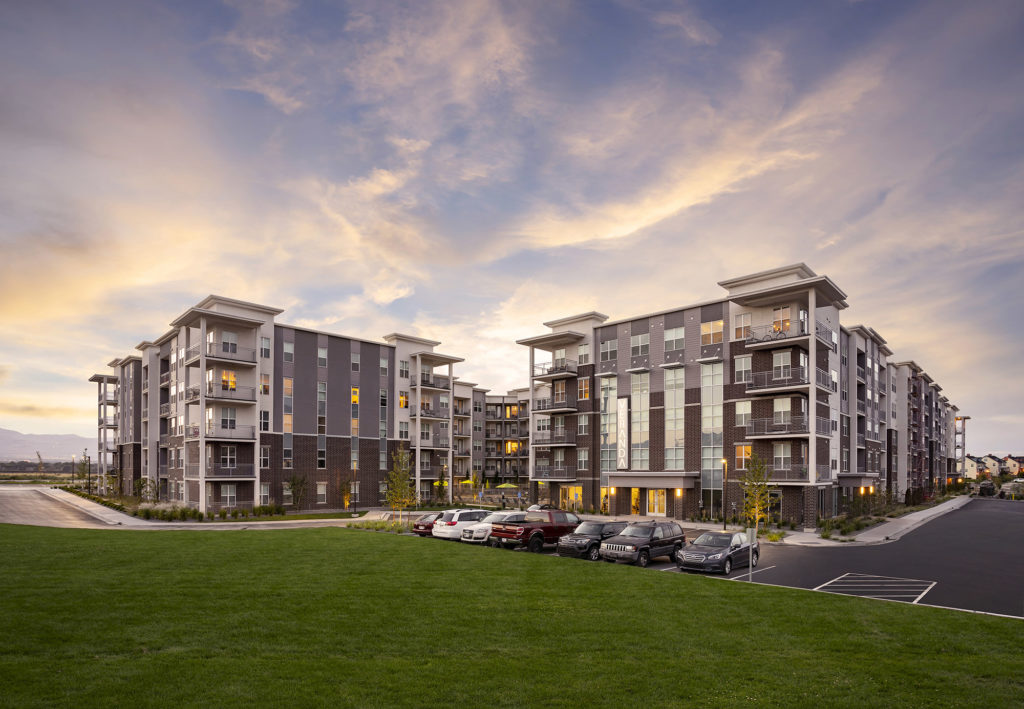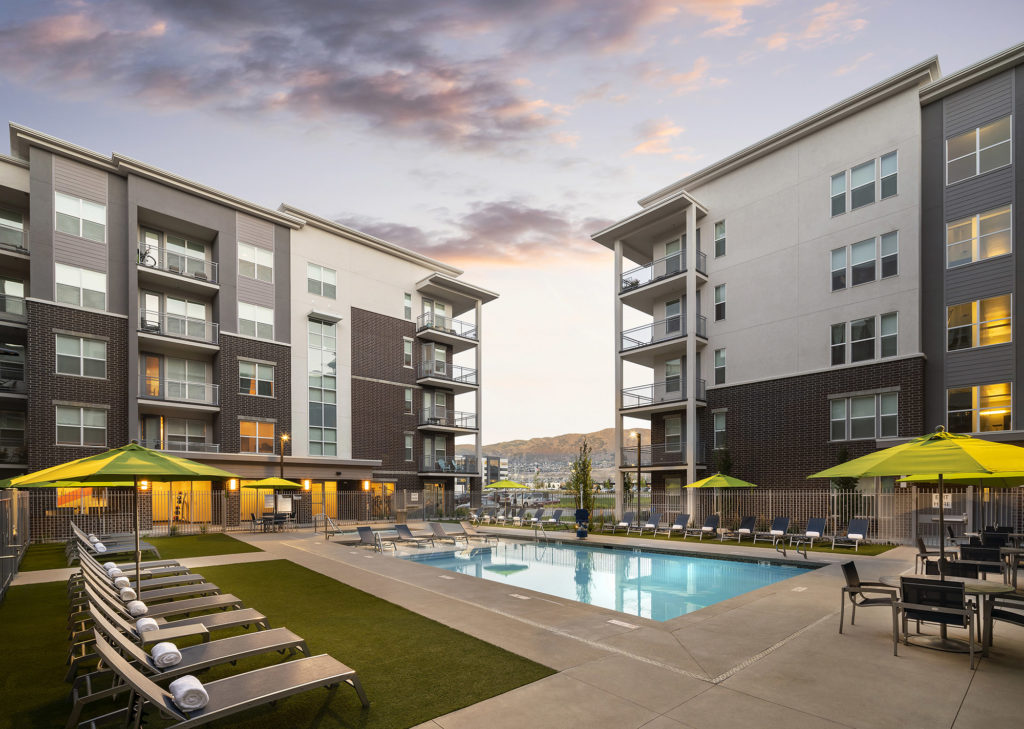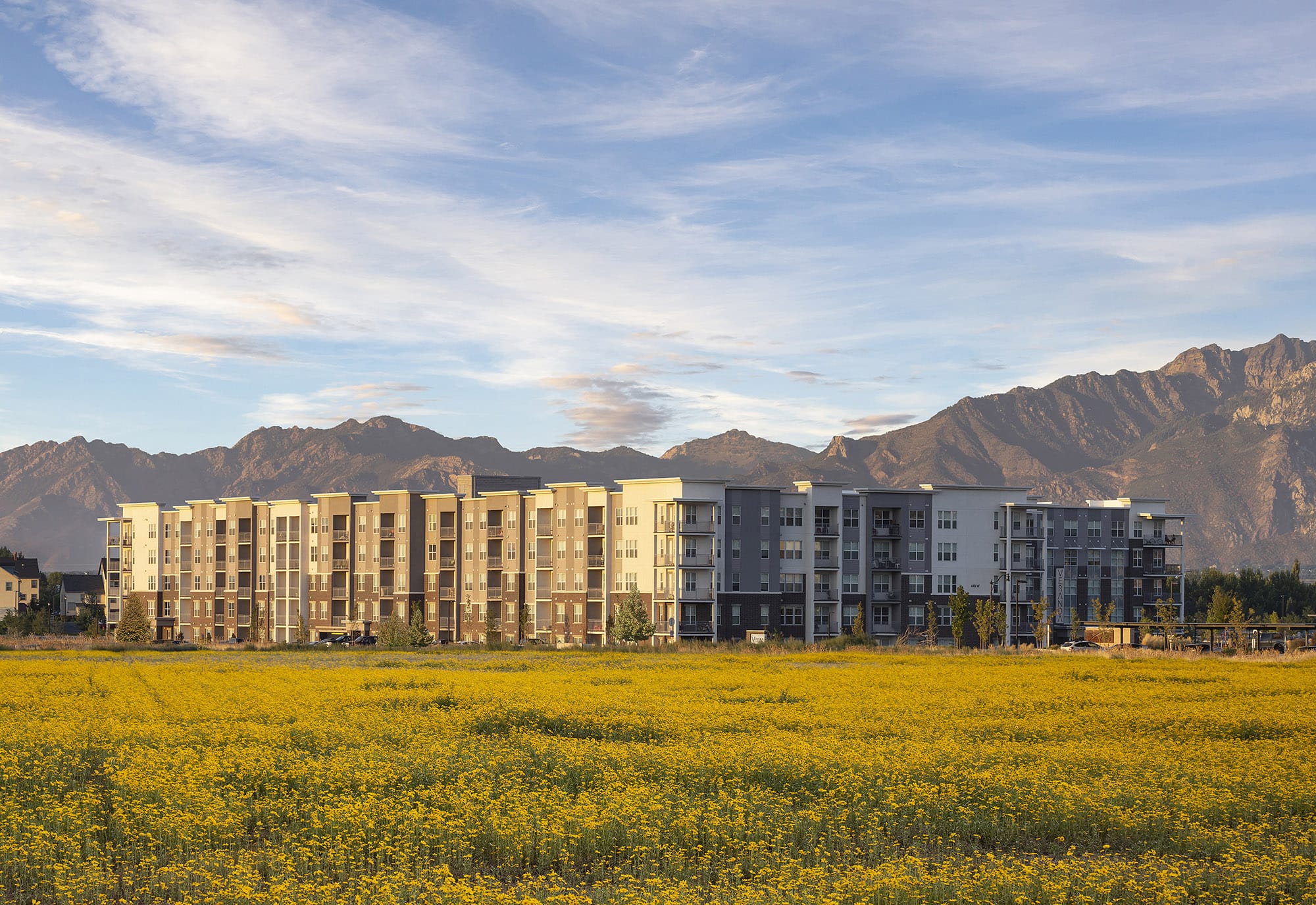New rental construction has focused on the upper end of the market, but what about those who cannot afford $2,000 a month on rent?
As more luxury style apartments appear, workforce housing has become critical. According to the Joint Center for Housing Studies of Harvard University’s State of the Nation’s Housing report, the number of U.S. apartments that rent for $2,000 or more per month almost doubled from 2005 to 2015, while the number of homes renting for less than $800 decreased more than 2% and continues to decline.
In addition, vacancy rates were at a 30-year low of 6.8% in 2018–putting added pressure on rental rates and decreasing affordability.
Developers tend to focus on higher-end multifamily projects because the revenues they produce makes them pencil out in terms of feasibility and return. Complementing a higher end portfolio with workforce housing can be profitable and benevolent, however.
Lower income renters need housing, and developers can respond in a way that will allow communities to thrive. Affordable workforce housing modeled from high-end apartment developments can provide the lifestyle and price that can crack the code for millions of renters.
Demand is high and supply is limited, so why wouldn’t you invest in affordable housing?

Veranda, a great example of high-quality workforce housing, targets households and families earning 60 percent or less of the area’s median income. With rents that are 20 – 30 percent below market, it provides a quality space for single parents or single-income families, those early in their career and those living on a fixed income. Workforce housing can be challenging, but Veranda’s success was possible due to a few key factors.
Veranda is a garden-style multifamily housing development in Salt Lake City that contains 239 total units on 5.2 acres, creating an overall density of 46 dwelling units per acre. The units range from 615 to 1,367 square feet. The site contains surface and garage parking with a total of 415 parking spaces for residents. A 2,047 square foot clubhouse provides the residents with a communal space.

Location
Location is key for workforce housing for a few different reasons. Easy access to employment and public transportation is important for lower-income earners, particularly those who rely on such transportation. Thus, it is beneficial to locate homes in proximity to at least one major mode of public transportation. Veranda benefits by locating less than a ten-minute walk to the nearby Draper commuter rail station. In addition, locating in the south end of Salt Lake Valley close to Silicon Slopes and other large employment centers, Veranda offers residents an opportunity to obtain affordable housing close to their place of employment.
Land that may be in an industrial location or further from the city but still near transportation is ideal for workforce housing. High-end apartments typically won’t compete for sites in an industrial-focused area, so they can potentially be more affordable and more readily available.
Veranda’s site came with challenges. The parcel had a significant grade change, which required creativity in laying out the building to maximize the rental square footage and satisfy the required access points.

Materials
Salt Lake City requirements mandated the amount of stucco and minimum percentage of brick that could be used on the exterior of the building. This challenged the project team to get creative without overextending the cladding budget. Contrasting color that highlighted fenestration and parapets achieved a high-end look without additional expense. The municipal requirements hold workforce housing to the same standard as market rate and luxury developments, ensuring that lower-income residents still benefit from great looking buildings.
Balancing the client’s budget while meeting city requirements led to some creative use of fiber cement and brick veneer to complement stucco. Color choices and return details helped these inexpensive materials look like a major upgrade.

Post courtesy of BSB Design, a nationally-recognized design firm offering an array of design and development services, including land planning, community design, resort planning and design, landscape architecture, market research, estimating and color services.
Follow BSB Design on Instagram, Facebook, Twitter or LinkedIn for more design ideas.

